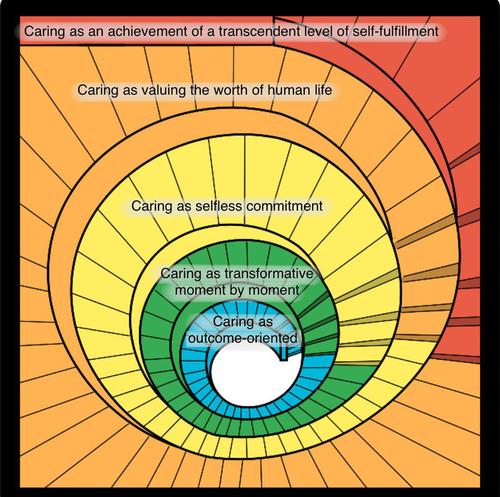“The upward spiral staircase of caring”: A hermeneutic phenomenology study of the caring competency of Filipino nurses grounded in competency-based education
Abstract
Background
Despite an enormous amount of research supporting the necessity for a caring perspective in nursing education, the literature reflects a dearth of information on efforts to uphold the internalization of the value of caring throughout the nursing curricula.
Aim
To explore the lived experiences of the nurses in relation to their caring competency grounded in competency-based education (CBE) pedagogy.
Methods
This study is a Heideggerian hermeneutic phenomenology. The professional nurses (n = 10) were selected using purposive sampling from a tertiary private hospital in Manila, Philippines, between February and March 2016. The data were collected through in-depth semi-structured interview and observation. The analysis and interpretation were guided by Van Manen's six-step method of phenomenology, and the criteria of qualitative scientific rigor were followed.
Results and Discussion
The results revealed five themes: (1) caring as outcome-oriented; (2) caring as transformative moment by moment; (3) caring as selfless commitment; (4) caring as valuing the worth of human life; and (5) caring as an achievement of a transcendent level of self-fulfillment. Further, the caring competency of nurses was symbolically represented by an upward spiral staircase which could be considered as a metaphor for growth.
Conclusion
The CBE was found to be effective in developing the caring competency of nurses, wherein it goes through a complex transformation process as they face different kinds of situations and experiences. The caring competent nurse can provide a holistic approach in providing care to various types of patients.


 求助内容:
求助内容: 应助结果提醒方式:
应助结果提醒方式:


